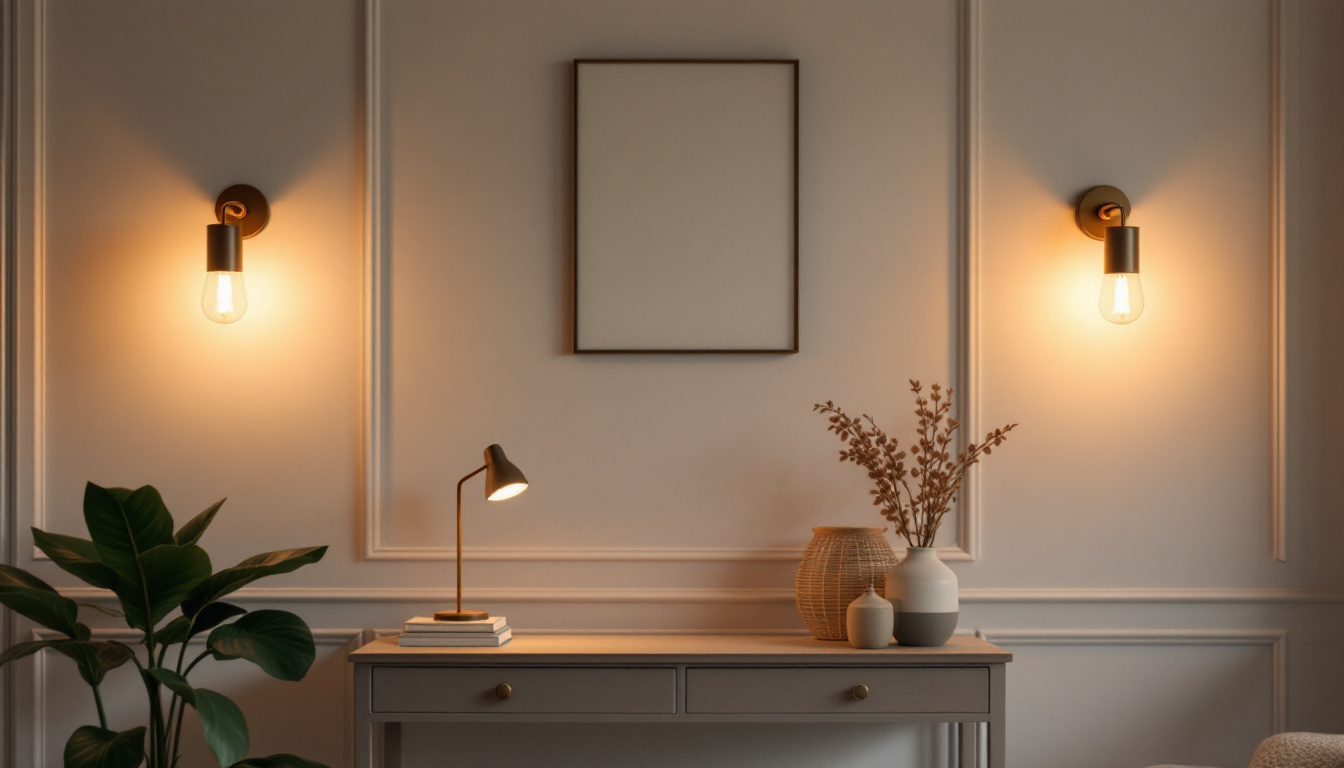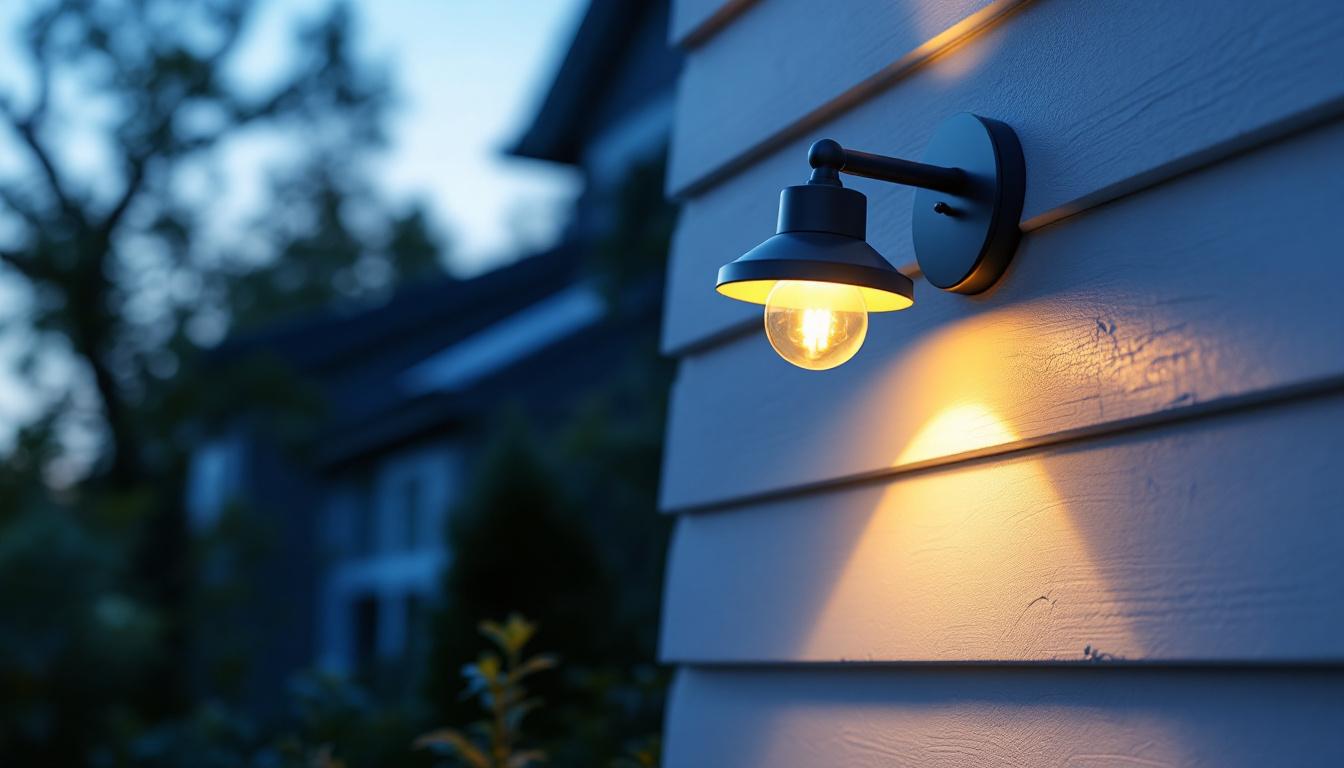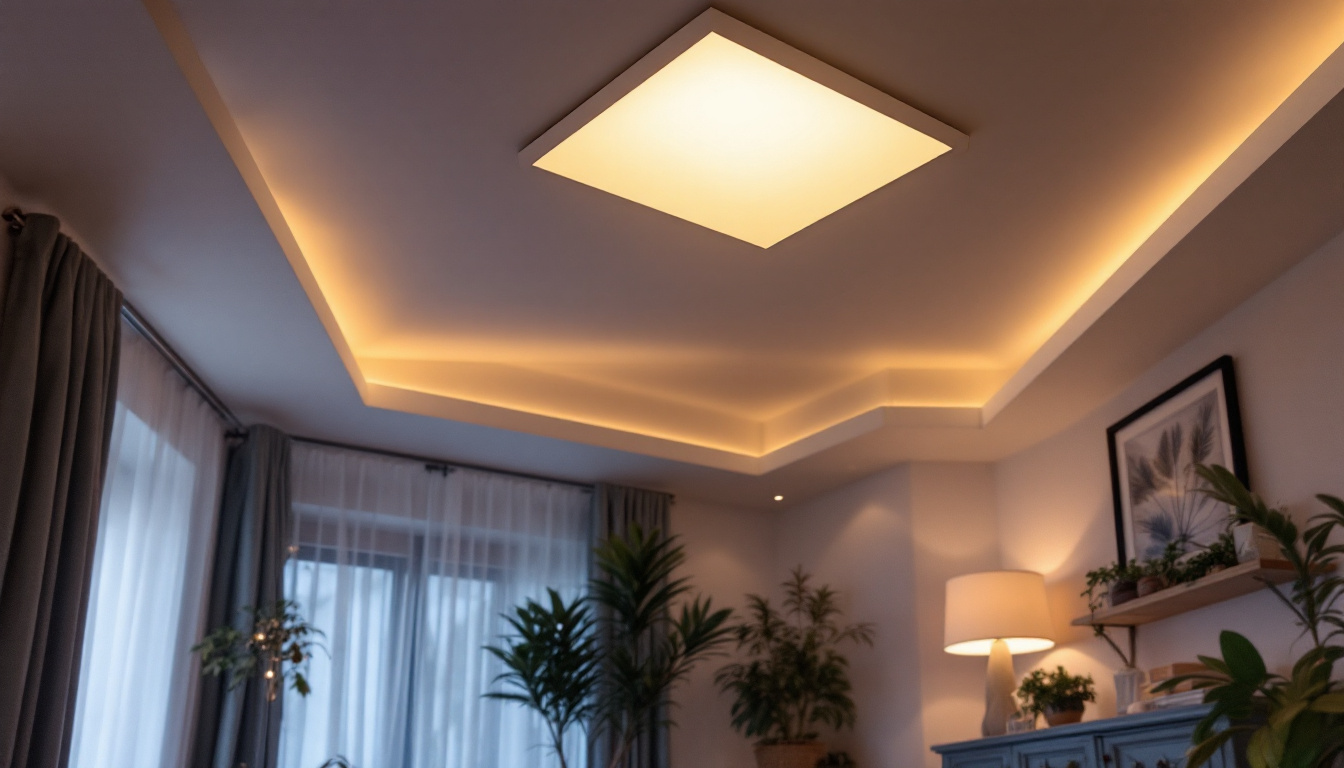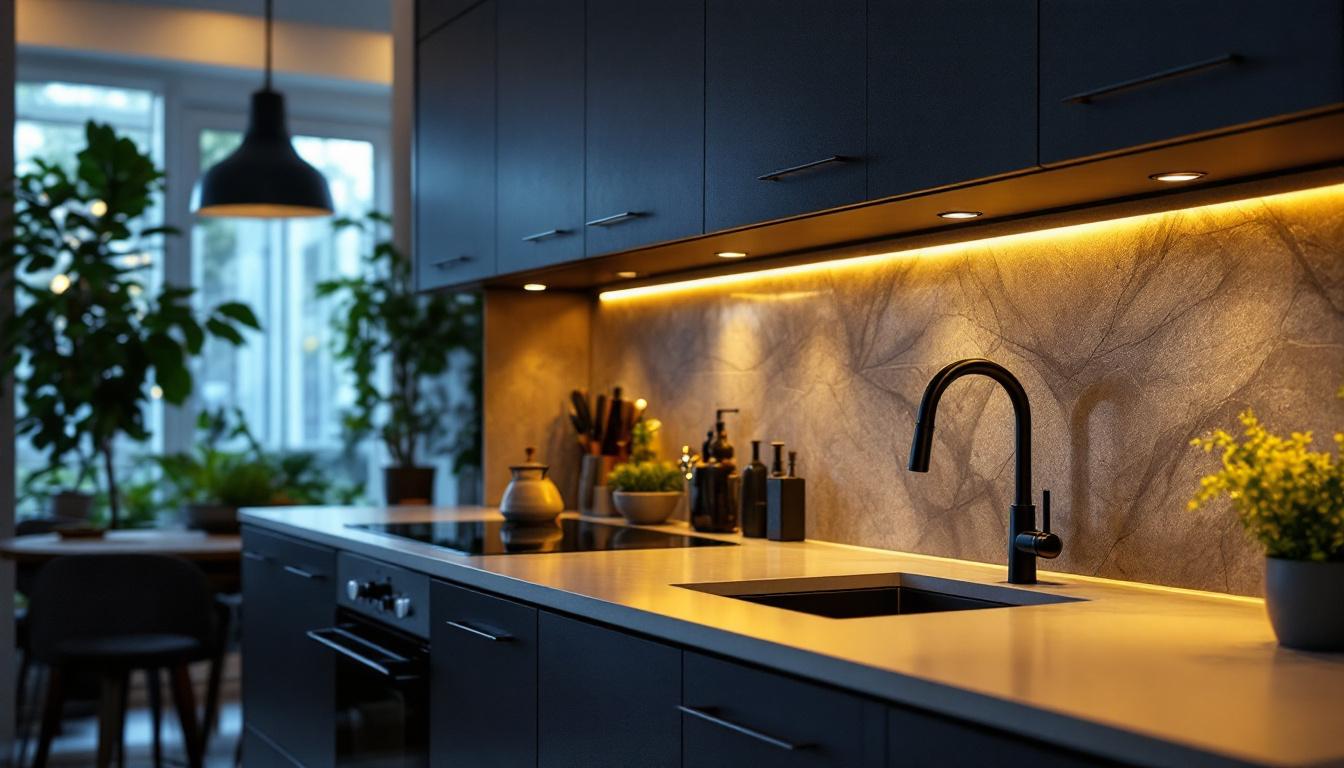
Lighting plays a crucial role in the aesthetics and functionality of any space. Among the various types of lighting fixtures, sconces stand out for their versatility and elegance. This guide aims to provide lighting contractors with essential insights into sconces, covering their types, installation tips, design considerations, and maintenance practices.
Sconces are wall-mounted lighting fixtures that can serve both decorative and functional purposes. They come in various styles, sizes, and finishes, making them suitable for diverse applications—from residential to commercial settings. Understanding the different types of sconces and their uses is fundamental for any lighting contractor. Beyond their aesthetic appeal, sconces can also significantly influence the mood and ambiance of a room, providing soft illumination that enhances the overall atmosphere. Whether used in a cozy living room, an elegant dining area, or a bustling hallway, sconces can create focal points that draw the eye and elevate the design of a space.
There are several types of sconces available, each designed for specific lighting needs. The most common types include:
Each type serves a unique purpose, and understanding these distinctions can help contractors recommend the best options to their clients. Additionally, sconces can be strategically placed to enhance functionality; for instance, placing them on either side of a mirror can provide flattering light for grooming tasks, while sconces in hallways can offer safety and visibility during nighttime hours.
Sconces can be made from a variety of materials, including metal, glass, and wood. The choice of material greatly influences the overall aesthetic and durability of the fixture. Metal sconces, for example, offer a modern look and are often used in contemporary designs, while wooden sconces can evoke a rustic or vintage feel.
Finishes also play a significant role in the visual appeal of sconces. Options range from polished brass and matte black to brushed nickel and antique bronze. Selecting the right finish can enhance the design scheme of a space, so contractors should consider the surrounding decor when making recommendations. Moreover, the interplay of light with different materials and finishes can create unique effects; for instance, glass sconces can diffuse light beautifully, casting intricate shadows on the walls, while darker finishes can add depth and drama to a room. Understanding these nuances allows contractors to tailor their lighting solutions to the specific needs and tastes of their clients.
Proper installation of sconces is essential for both safety and functionality. Lighting contractors should be aware of several key factors when installing these fixtures.
The placement of sconces can dramatically affect the ambiance of a room. For general lighting, sconces should be positioned at eye level, typically around 60 to 66 inches from the floor. This height ensures that the light is effective without causing glare.
For accent lighting, sconces can be placed higher on the wall to create dramatic shadows and highlights. In hallways or staircases, sconces should be spaced evenly to provide consistent illumination and improve safety. Additionally, considering the architectural features of the space can enhance the overall design; for instance, placing sconces near artwork or architectural details can draw attention to these elements, creating a more visually appealing environment.
When installing hardwired sconces, it is crucial to follow local electrical codes and regulations. Contractors should ensure that the wiring is capable of handling the wattage of the bulbs being used. Additionally, using dimmer switches can enhance the functionality of sconces, allowing for adjustable lighting levels based on the time of day or activity.
For plug-in sconces, it is important to consider the location of outlets and the length of the cord. Using cord covers can help maintain a clean and professional appearance, especially in high-traffic areas. Furthermore, selecting the right bulb type is essential; LED bulbs are energy-efficient and have a longer lifespan, making them an excellent choice for sconces. Contractors should also educate homeowners about the benefits of smart lighting options, which can provide added convenience and control over the lighting environment, allowing users to set schedules or adjust brightness remotely.
Design plays a vital role in the selection and placement of sconces. Lighting contractors should consider several design elements to ensure that sconces complement the overall aesthetic of a space.
When choosing sconces, it is essential to align their style with the existing decor. For instance, modern sconces with clean lines and minimalistic designs work well in contemporary settings, while ornate sconces with intricate details may be more suitable for traditional or vintage-style interiors.
Contractors should also consider the theme of the space. In a rustic setting, sconces made from natural materials or featuring earthy tones can enhance the overall ambiance. Conversely, in a sleek, urban environment, metallic finishes and geometric shapes may be more appropriate. Additionally, the scale of the sconces should be proportionate to the surrounding elements; oversized sconces can become a focal point, while smaller ones can provide subtle accents that enhance the overall design without overwhelming it.
The color temperature of the bulbs used in sconces can significantly impact the mood of a room. Warm white bulbs (around 2700K) create a cozy and inviting atmosphere, making them ideal for living rooms and bedrooms. In contrast, cooler white bulbs (4000K and above) provide a more energetic and focused light, suitable for workspaces or kitchens.
Contractors should also consider the type of bulbs being used—LEDs, incandescent, or halogen—as each has its own benefits and drawbacks in terms of energy efficiency, lifespan, and light quality. For example, while incandescent bulbs offer a warm glow that many find appealing, they consume more energy and have a shorter lifespan compared to LEDs. Furthermore, the dimmability of the bulb can also be a crucial factor; choosing dimmable options allows for greater flexibility in adjusting the ambiance of the room, making it easier to create the desired atmosphere for various occasions.
Regular maintenance is crucial to ensure that sconces continue to function effectively and maintain their aesthetic appeal. Lighting contractors should inform clients about proper care and maintenance practices.
Sconces can accumulate dust and grime over time, which can affect their brightness and overall appearance. Regular cleaning with a soft, dry cloth can help prevent buildup. For glass sconces, a gentle glass cleaner can be used to maintain clarity and shine.
It is advisable to turn off the power before cleaning to ensure safety. Additionally, contractors can recommend that clients periodically check for loose bulbs or fixtures and tighten them as needed. In areas prone to humidity or moisture, such as bathrooms or kitchens, it may be beneficial to use a microfiber cloth that can effectively capture dust without scratching the surface. This extra care can help preserve the finish of the sconces and keep them looking new for years to come.
Replacing bulbs in sconces is a straightforward process, but it is essential to ensure that the correct wattage and type of bulb are used. Contractors should educate clients on how to identify the right bulbs and the importance of using energy-efficient options, such as LEDs, to reduce energy costs and extend the lifespan of the fixtures.
Moreover, clients should be made aware of the different color temperatures available for bulbs, as these can significantly affect the ambiance of a room. Warmer tones can create a cozy atmosphere, while cooler tones may enhance productivity in workspaces. Lighting contractors can also encourage clients to experiment with dimmable bulbs, which allow for greater control over the lighting intensity, making sconces versatile for various occasions, from intimate dinners to lively gatherings.
The lighting industry is constantly evolving, with new trends emerging that can enhance the functionality and aesthetic of sconces. Staying informed about these trends can help contractors provide the best solutions to their clients.
With the rise of smart home technology, many manufacturers are now offering smart sconces that can be controlled via smartphone apps or voice commands. These fixtures allow users to adjust brightness, color temperature, and even create lighting schedules, providing greater flexibility and convenience.
Contractors should be familiar with the various smart lighting options available and how to integrate them into existing electrical systems. This knowledge can set contractors apart in a competitive market.
As sustainability becomes increasingly important, many clients are seeking eco-friendly lighting solutions. Sconces made from recycled materials or featuring energy-efficient LED bulbs are becoming more popular. Contractors should be prepared to offer these options and educate clients on their benefits.
Sconces are a versatile and stylish lighting solution that can enhance the ambiance of any space. For lighting contractors, understanding the various types, installation considerations, design elements, and maintenance practices associated with sconces is essential for providing clients with the best possible service.
By staying informed about current trends and innovations, contractors can offer unique and effective lighting solutions that meet the evolving needs of their clients. Whether working on residential projects or commercial spaces, the right sconces can significantly impact the overall design and functionality of a space.
In summary, sconces are more than just decorative elements; they are integral to creating a well-lit and inviting environment. With the right knowledge and skills, lighting contractors can successfully incorporate sconces into their projects, ensuring satisfaction for both themselves and their clients.
Ready to elevate your lighting projects with the finest sconces on the market? Look no further than LumenWholesale, where we provide lighting contractors with an exceptional range of high-quality, spec-grade lighting products at unbeatable wholesale prices. Say goodbye to local distributor markups and hello to our premium selection that meets rigorous industry standards. With free shipping on bulk orders, you can trust that you’re getting the best value without any hidden costs. Transform your lighting projects with the perfect combination of quality, affordability, and convenience. Visit LumenWholesale today for Wholesale Lighting at the Best Value and make your next installation a shining success.

Discover the top benefits of outdoor wall mount lights for lighting contractors, from enhanced energy efficiency to versatile design options.

Discover expert insights on recessed light square installations with our comprehensive guide.

Discover the essential checklist for lighting contractors working with LED tube lights.

Discover expert insights on black undercabinet lights, their benefits, installation tips, and how they enhance kitchen aesthetics. Boost your space—read now!.